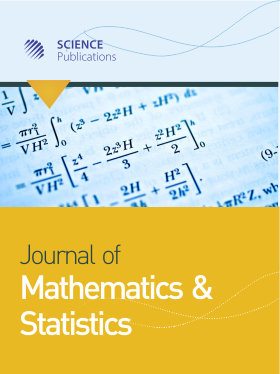Application of Cubic Spline in the Implementation of Braces for the Case of a Child
Abstract
Problem statement: Orthodontic teeth movement is influenced by the characteristics of the applied force, including its magnitude and direction which normally based on the shape of ellipsoid, parabolic and U-shape that are symmetry. However, this will affect the movement of the whole set of tooth. Approach: This study intends to compare the form of general teeth with another method called cubic spline to get a minimum error in presenting the general form of teeth. Cubic spline method is applied in a mathematical model of a child’s teeth, which is produced through resignation of orthodontic wires. It is also meant to create a clear view towards the true nature of orthodontic wires. Results: Based on mathematical characteristics in the spline and the real data of a teeth’s model, cubic spline shows to be very useful in reflecting the shape of a curve because the dots chosen are not totally symmetry. Conclusion/Recommendation: Therefore, symmetrical curve can be produced in teeth’s shape which is basically asymmetry.
DOI: https://doi.org/10.3844/jmssp.2012.144.149

- 5,967 Views
- 7,961 Downloads
- 9 Citations
Download
Keywords
- Cubic spline method
- orthodontic
- mathematical minimum error
